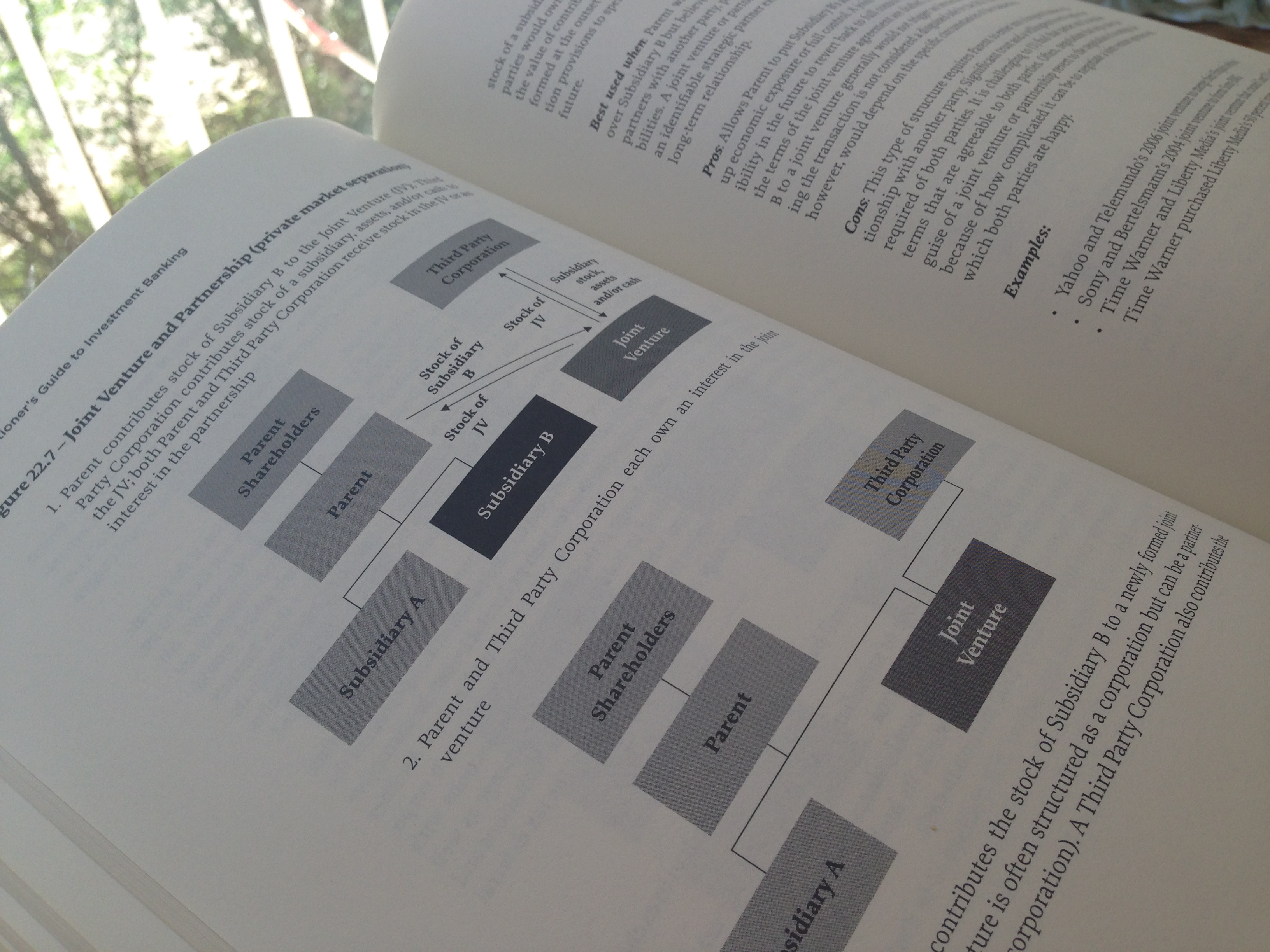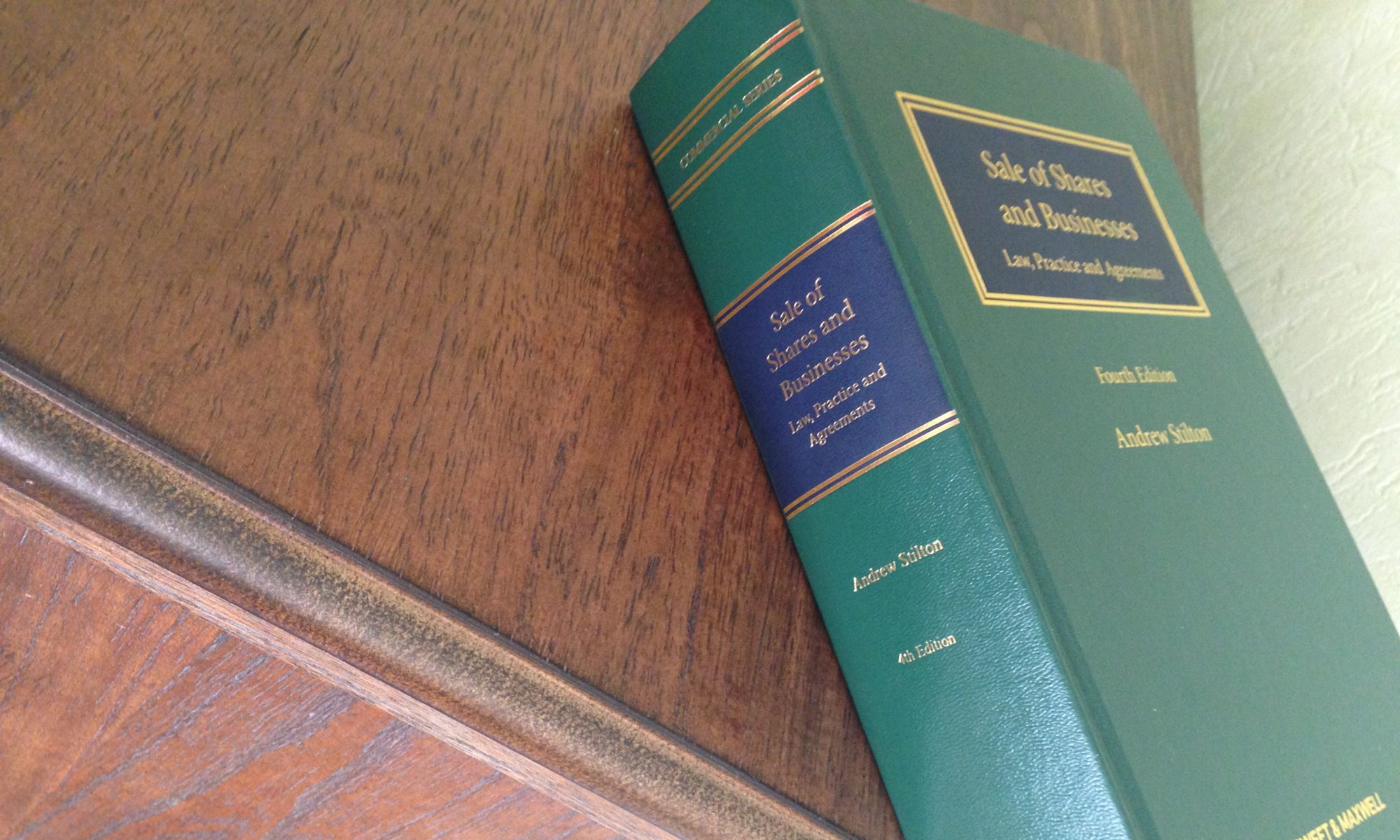There is no legal or universal definition of business restructuring. Nevertheless The OECD Transfer Pricing Guidelines provide that business restructuring may be defined as the cross-border redeployment by an MNE (multinational enterprise) of functions, assets, and/or risks. Considering that a business restructuring may involve cross-border transfers of valuable intangibles, the focus is on internal reallocation of functions, assets and risks within an MNE, although relationships with third parties (e.g. suppliers, subcontractors, customers) may also be a reason for the restructuring and/or be affected by it.
 Since the mid-90s, business restructurings have typically consisted of:
Since the mid-90s, business restructurings have typically consisted of:
- Conversion of full-fledged manufactures into contract-manufacturers or toll-manufacturers for a related party that may operate as a principal;
- Conversion of full-fledged distributors into limited-risk distributors or commissioners for a related party that may operate as a principal;
- Rationalization and/or specialization of operations (centralization of services);
- Transfers of intellectual property (IP) rights to a central entity (e.g. a so-called IP company) within the group. In many areas of business IP has a critical role. From the tax viewpoint MNE will prefer to own the IP in a jurisdiction that charges a relatively low effective tax rate on the income generated through the relevant IP.
Various tax authorities and legislators have different tools to protect their taxing rights in response to these tax planning arrangements.
Most countries require that taxpayers submit documentation to justify a restructuring. Nevertheless, in certain cases, it is not known how extensive such documentation should be, as some countries do not provide a list of required documents.
There are some countries where the type of information to be included in the documentation is specified. For example the following information must be included in the supporting documentation:
- Identification of the purpose of restructuring;
- Identification of assets, functions and risks, both before and after the restructuring process;
- Identification of the rights and obligations in accordance with the conduct of the parties before the restructuring, and changes to the parties after the restructuring;
- Details regarding the risks and a description of the potential benefits to the parties;
- Identification of which party involved in the transaction makes the decisions as to assuming risk and the management thereof;
- Description of expected synergies and compensation of restructuring.
There are also some countries that offer examples of documents that must be prepared, including the following:
- Information on the background of the restructuring;
- Explanatory documents on the commercial purposes of the arrangement, such as forecast cost saving from conversion (relative to the status quo) and financial information evidencing declining sales of the converted company;
- Internal information on the decision-making process and governance, such as resolutions of the board of directors, memos and e-mail exchanges weighing the alternatives of the restructuring;
- Detailed documents on the transactions of the arrangements, such as the contract, supplements to the contract and evidence of payments;
- Information on communications between the taxpayer and its tax advisors;
- Information on communications between the taxpayer and other parties to the transaction; and
- Marketing information evidencing increased global price pressure or volume competition. In the case of intangibles, several factors in identifying the presence of intangibles and in attributing ownership or control over those intangibles are relevant, such as:
- legal ownership;
- financial contribution to the creation of intangibles; and
- strategic and managerial contributions to the creation of intangibles, including day-to-day “sweat equity” contributions such as decision making, performance of R&D functions, risk management, oversight, strategic direction, unique human resources and local know-how.
There are also countries that require the submission of a special form when transaction with a non-resident takes place and is related to a business restructuring.
Furthermore, the changes in the structure of an MNE should be of real significance, and not just merely documented. Some countries when analyzing business restructurings also consider – together with testing the tax benefit and analyzing documentation – the transfer pricing anti – avoidance provision if it is concluded that there are unnecessary steps in the wider arrangement. The basic question here concerns whether the real location of functions, assets and risks is genuine or whether it merely represents a change on paper.
Business restructurings are very closely scrutinized by tax authorities. It is a common practice that tax authorities are reluctant to easily give up the share of profit that they used to tax before the conversion. Therefore, they seek to use or apply the tools available in their countries to counter these restructurings. An overview of domestic law shows that many countries are familiar with business restructurings and have already applied measures available to counter so-called “abusive” structures, without even having specific legislation available.
The tools to be used by tax authorities are not clear cut, and in some cases can be used abusively, thereby leaving taxpayers unprotected. As tax authorities are very focused on applying all the tools available to them, it is expected that more work be targeted also at providing more certainty to taxpayers. This aspect will be at the top of agenda, considering also that countries are playing in a very competitive field and are attempting to develop tax regimes for foreign companies to attract investment or are attempting to safeguard legal certainty.


